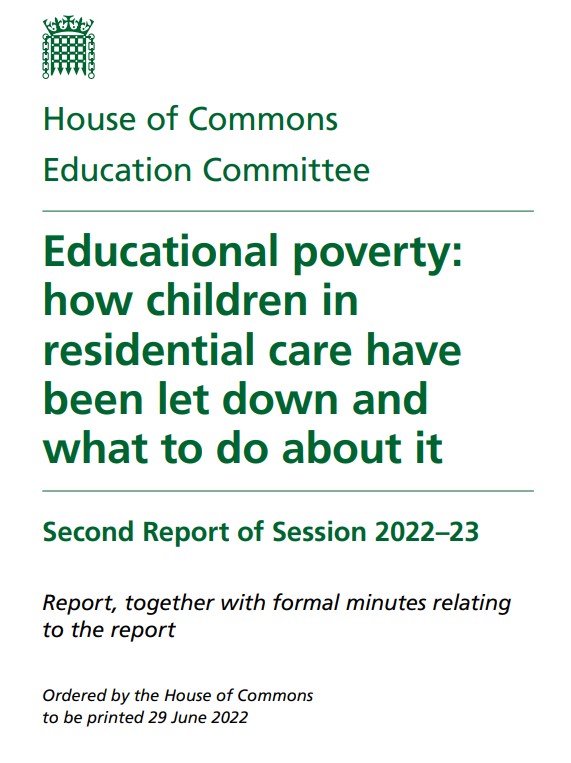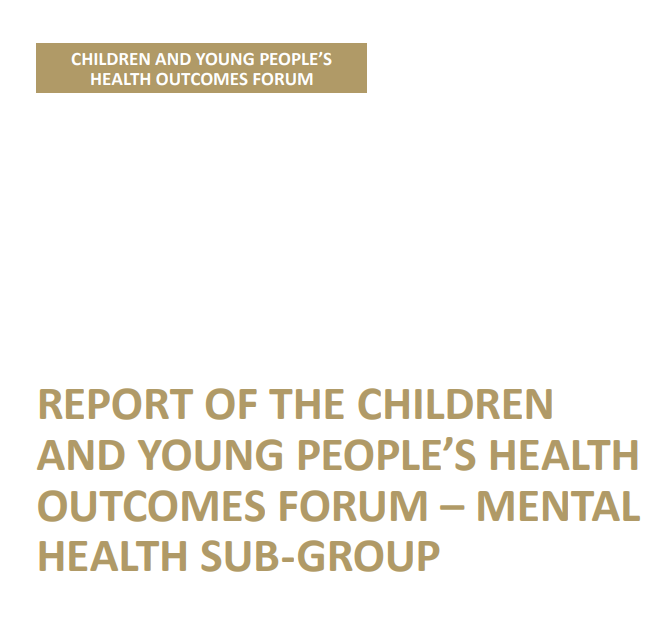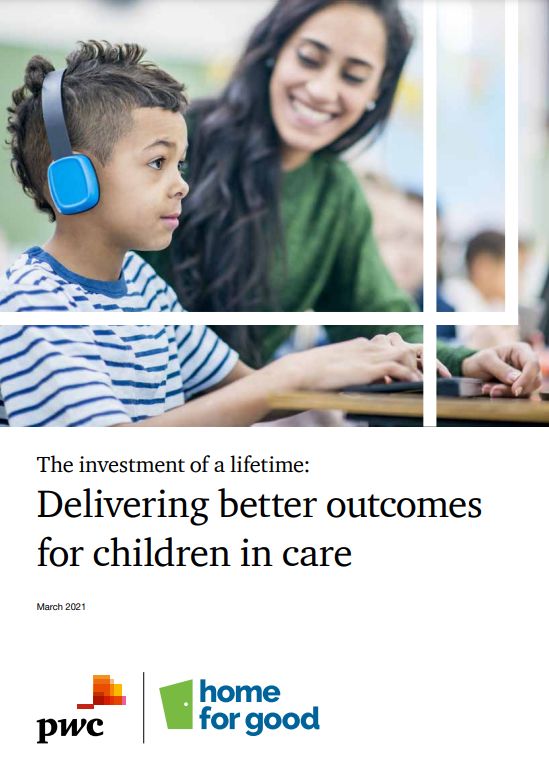This Matters

Nearly one in every three people in care has at least one parent who was in care themselves

Just 7.2% of looked-after children achieved the grade 5 ‘good pass’ threshold in English and mathematics GCSE, compared to 40.1% of non-looked-after children

41% of 19–21-year-old care leavers are not in education, employment, or training (NEET). 22% of care leavers aged 27 are in employment compared to 57% of others, and even when they are in employment there is on average a £6,000 “pay gap”

41% of 19–21-year-old care leavers are not in education, employment, or training (NEET). 22% of care leavers aged 27 are in employment compared to 57% of others, and even when they are in employment there is on average a £6,000 “pay gap”.( 3 )
Placements
we find out from the Young People where they want to go for a placement and try to secure this. If it is not possible, we connect to the next best thing
The Prom
is a big old party in which we celebrate the journey of the Young Person, say thank you to all of the people involved in the process and share what we have learnt with stakeholders.

The House of Commons Committee report “Educational poverty: how children in residential care have been let down and what to do about it” published July 2022 sets out the disproportionate impact of poor educational and employment outcomes for looked after children:
- At Key Stage 2, for reading, writing and mathematics, only 37% of looked-after children reached expected standards, compared to 65% of non-looked-after children.
- Just 7.2% of looked-after children achieved the grade 5 ‘good pass’ threshold in English and mathematics GCSEs, compared to 40.1% of non-looked-after children.
- Just 2% of care leavers go on to do an apprenticeship.
- 41% of 19–21-year-old care leavers are not in education, employment or training (NEET). 22% of care leavers aged 27 are in employment compared to 57% of others, and even when they are in employment there is on average a £6,000 pay gap.
Although many cared experienced adults go on to lead fulfilling lives, there is a significant proportion who do not. The outcomes for some Young People who have experienced care is sorrowful:
- Adults who spent time during their childhood in care were 70 per cent more likely to die prematurely than those who did not ( ii )
- 25% of the homeless population are estimated to have been in care ( iii )
- Around 60% of Looked After Children and 72% of those in residential care have some level of emotional and mental health problem ( iv )
- Nearly one in every three people in care has at least one parent who was in care themselves ( v )
- £2.2billion is estimated to be the cost of children in care and care leavers who had a least one parent that was in the care system themselves ( vi )
The intergenerational aspect care experienced families experience adds a unique dimension to this social justice issue, which has yet to be managed effectively, by successive governments.


The House of Commons Committee report “Educational poverty: how children in residential care have been let down and what to do about it” published July 2022 sets out the disproportionate impact of poor educational and employment outcomes for looked after children:
- At Key Stage 2, for reading, writing and mathematics, only 37% of looked-after children reached expected standards, compared to 65% of non-looked-after children.
- Just 7.2% of looked-after children achieved the grade 5 ‘good pass’ threshold in English and mathematics GCSEs, compared to 40.1% of non-looked-after children.
- Just 2% of care leavers go on to do an apprenticeship.
- 41% of 19–21-year-old care leavers are not in education, employment or training (NEET). 22% of care leavers aged 27 are in employment compared to 57% of others, and even when they are in employment there is on average a £6,000 pay gap.
The report of the Children and Young People’s Health outcome forum – Mental heal subgroup 2015 identified:
- Around 60% of Looked After Children and 72% of those in residential care have some level of emotional and mental health problem.
- A high proportion experience poor health, educational and social outcomes after leaving care
- Looked After Children and care leavers are between four and five times more likely to attempt suicide in adulthood;


GCSE subjects reveal stark unfairness faced by disadvantaged pupils
- Two in five (38%) pupils from the poorest postcodes do not pass Maths GCSE(1), nearly twice as many as those from the richest postcodes (20%);
- Only 11% of the poorest pupils get the top three grades in English Language; 13% in maths; 12% in geography and 15% in French.
The investment of a lifetime report
The investment of a lifetime: Delivering better outcomes for children in care PWC & Home for Good report (2021) asks the question
Is the economic spend on the care system in the UK bringing about the outcomes and flourishing for children and young people that we want to see?
- Nearly one in every three children has at least one parent that was in care themselves
- Some £2.2billion is spent on an intergenerational cycle of care leavers whose children go on to enter the care system
- 33% of those who leave the care system will become homeless within two years
- 27% who are in the custody system have been in care
- 25% increase in the likelihood that a child will enter the care system in the last 20 years

Stand out Boxes
The intergenerational aspect care experienced families experience adds a unique dimension to this social justice issue, which has yet to be managed effectively, by successive governments.





